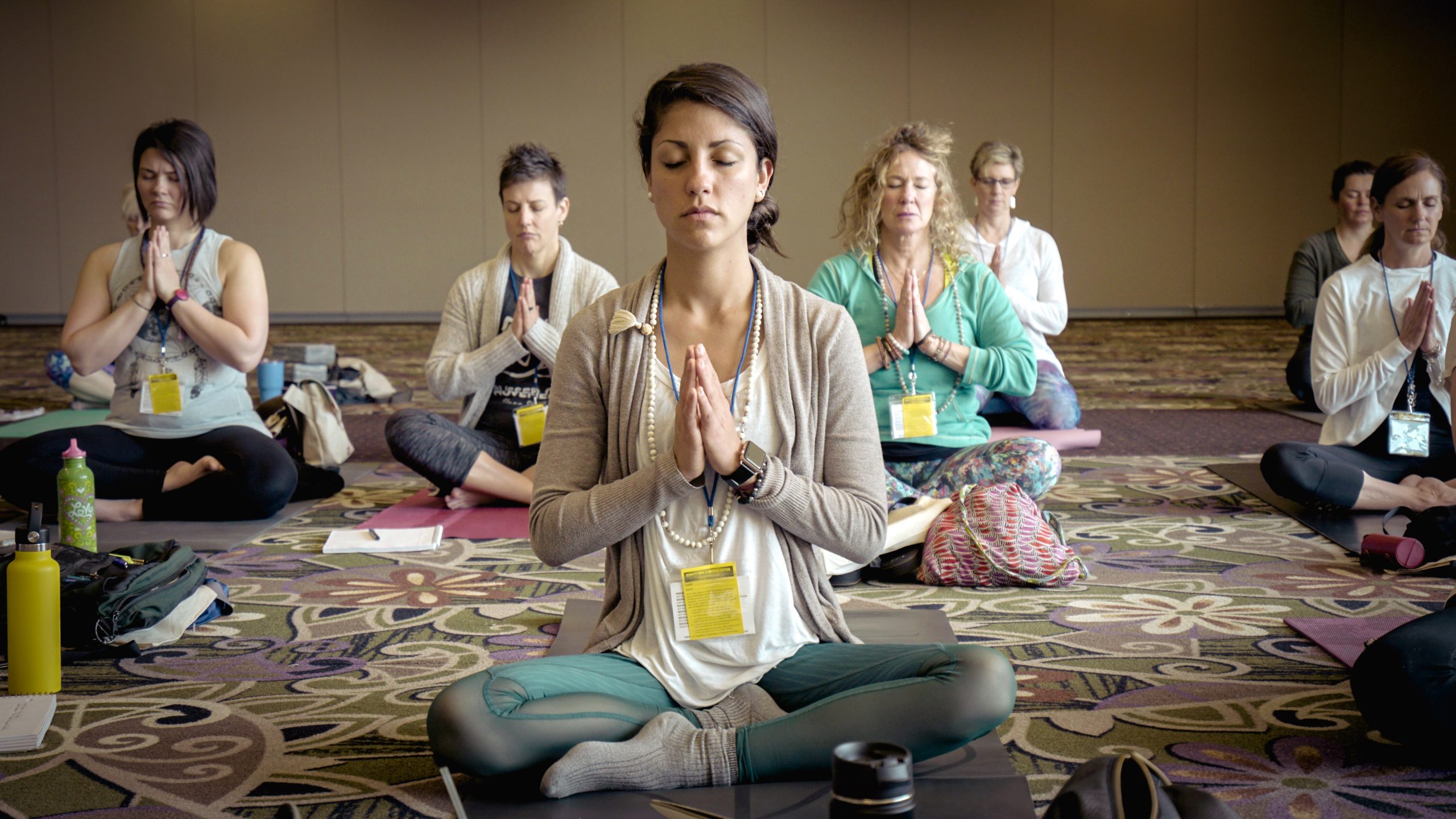- You never knew this about Indian health culture before! Japan- to –India
- Wash your hands before eating
- Hara Hachi Bu
- India connected to Ayurveda
- Japan’s Kampo
- Want to be healthy? Start walking like Japanese and Indians
- Sit down before eating and drinking
- Shinrin yoku and ofuro for well-being
- Indians love metal crockeries
- Take the broken parts and make them into art
- Land of yoga
- Live longer with Ikigai
You never knew this about Indian health culture before! Japan- to –India
India is well known for its mystical, rich, and diverse culture all around the world since ages.
But did you know about its surprising traditional health culture?
Is it distinct or similar to Japan?
You will find out here, keep reading!
While the longing for true health, well-being, and longevity is universal for everyone whether Indians or Japanese, they are diverse in their beliefs and cultures that make it more interesting.
Wash your hands before eating
It is a common command by elders children have grown up following before dining in India.
Eating with your hands might sound strange or dirty to you all, but did you know?
In India, it is their traditional culture since forever, this is because according to Vedic wisdom, they believe eating is supposed to be a sensory conscious experience through your hands, evoking emotion and passion with taste, touch, textures and, aromas forming an intimate relationship with the food.
Moreover, the fingers represent five elements-through the thumb comes ‘space’, with the forefinger comes ‘air’, the middle finger is ‘fire’, the ring finger is ‘water’, and the little finger represents ‘earth’, which helps in bringing digestive juices in the stomach stimulating better digestion.
Hara Hachi Bu
Coming to Japan while the world is busy wondering the secret behind Japanese people’s youthfulness and health, they have stuck to their ‘Hara Hachi Bu’ which means eat until you are 80% full.
Their healthy dishes comprise of seafood, rice, vegetables and, fermented foods like miso or natto, that is high in carbohydrates but naturally low in fat and high omega 3-s responsible for the country’s low obesity rate along with a protein diet of tofu, bean, sprouts that reduces heart disease and high blood pressure.
Rather than having one large plate they strongly believe in small controlled portions.
Ayurveda is the most sacred science of life, beneficial to humans both in this world and the world beyond
CHARAKA
India connected to Ayurveda
India has been an age-old believer of ayurvedic medical practice as it has proven to alleviate conditions that western medicines fail to heal, its core purpose is to be in sync with soul and nature giving a mystical aura it possesses.
It is said to alleviate stress, enhance skin, manage weight, heal severe conditions, and deeply cleansing the body.
Lemon juice and honey drink first in the morning is one of their go-to ayurvedic remedies for boosting immunity.
Japan’s Kampo
Japan is no less in a medication known as Kampo that restores the flow of Qi (energy) to prevent illness.
Acupuncture is also practiced by inserting needles in parts of the body to release toxins and pain.
Want to be healthy? Start walking like Japanese and Indians
Both know the importance of walking and physical activity believing if you don’t use it, you lose it and prefers walking anytime barefoot on grass or natural surfaces.
Walking is man’s best medicine
Hippocrates
Sit down before eating and drinking
The imbalance of the body fluids due to the accumulation of the excess fluids in the joints, increase digestion, and blood circulation you can barely see them eat or drink while standing up.
Look deep into nature, and then you will understand everything better
Albert Einstein
Shinrin yoku and ofuro for well-being
On the contrary Japanese find healthy peace and recovery from Shirin Yoku i.e. forest bathing.
They immerse themselves in a conscious forest bath for several hours to soak up sights, smells, and sounds for relaxation.
It has numerous benefits in reducing stress levels, improving sleep, increased focus, and creativity.
Ofuro is a similar daily bath habit crafted to cleanse, heal, and relax for achieving higher well being and health.
One must say, indeed a wise tradition.
Indians love metal crockeries
If you ever eat in India you will see metal crockeries everywhere.
Silver and copper crockeries are a part of Indian culture.
It is said to boost immunity and improve skin health.
Silver is known for antimicrobial properties while copper utensils improves digestion, cleanses the food, stimulates, and provides body antioxidants.
Fascinating isn’t it?
Who knew health could be connected to utensils.
Take the broken parts and make them into art
On the other hand, the Japanese use “golden joinery” by repairing broken pottery pieces, shattered cups, mugs, bowls, plates, etc into stunning masterpieces with the belief of healing self wounds and celebrate uniqueness by mending imperfections with love, care, and attention.
Thats how the art of living comes from the art of repair.
The nature of yoga is to shine the light of awareness into the darkest corners of the body
Jason Crandall
Land of yoga
Health begins from unity.
Yoga is the science of achieving absolute union with the divine that’s how India has become the center for Ayurveda, yoga, Siddha, naturopathy, etc.
If you ever take a tour to India, you will be well versed with their welcoming ashrams to escape frenetic lives combining holistic wellness all across the country.
India continues to enrich the invaluable treasure of experiences and practice by strengthening the research organizations to promote, cultivate, and regenerate plants or herbs used in the systems.
Central councils established for the Indian systems of medicines have undertaken numerous research projects to establish the most scientific practices through clinical.
Since therapy to refresh the soul is vital, India prepares itself with renewed dedication and welcomes the world into the sublime realm.
Live longer with Ikigai
On the contrary in Japan, their ultimate secret to mobility and longevity is their unique Ikigai that’s instilled in the culture to find one’s purpose in the moments of self-understanding that reveals slowly over time and appreciates the transient nature of life along with calisthenic bodyweight exercises which is an interesting and important part of Japanese history.
Every morning at 6:30 am a workout is broadcasted on radio Taiso and National television, designed to get one’s blood flowing and mind active for the entire day.
In the conclusion, whether Indians and Japanese are tethered together or poles apart in their health traditions, that’s how there is unity in diversity!

Thank you !




Comments